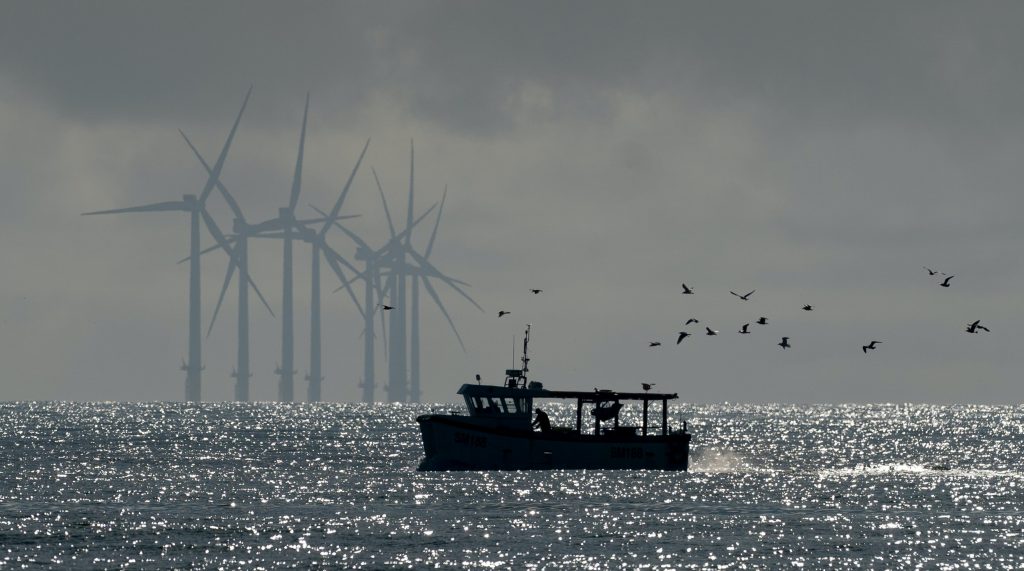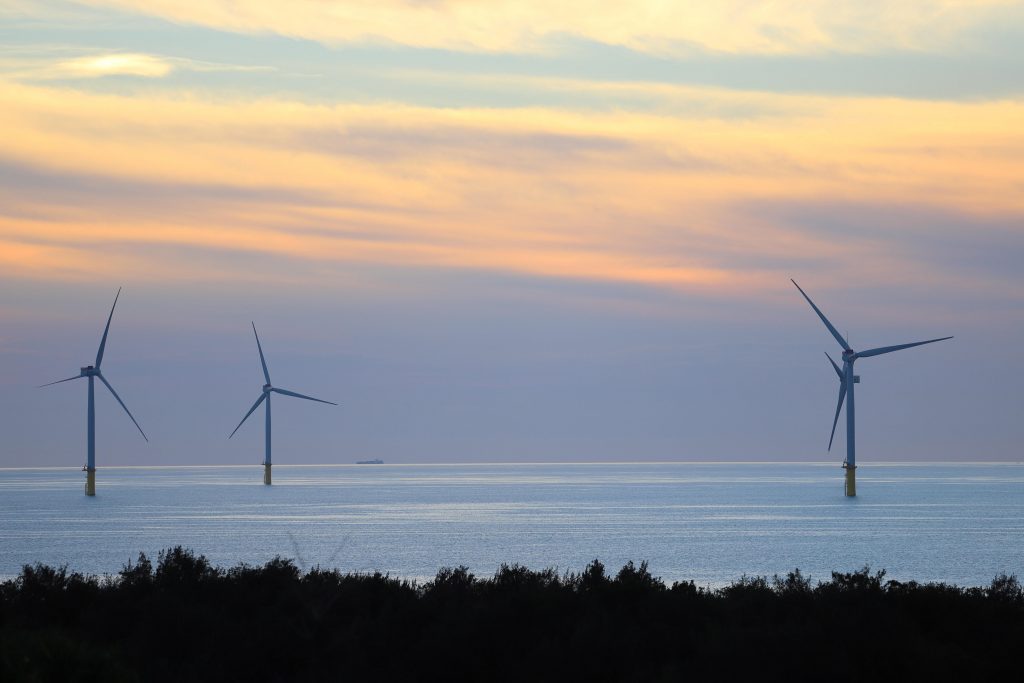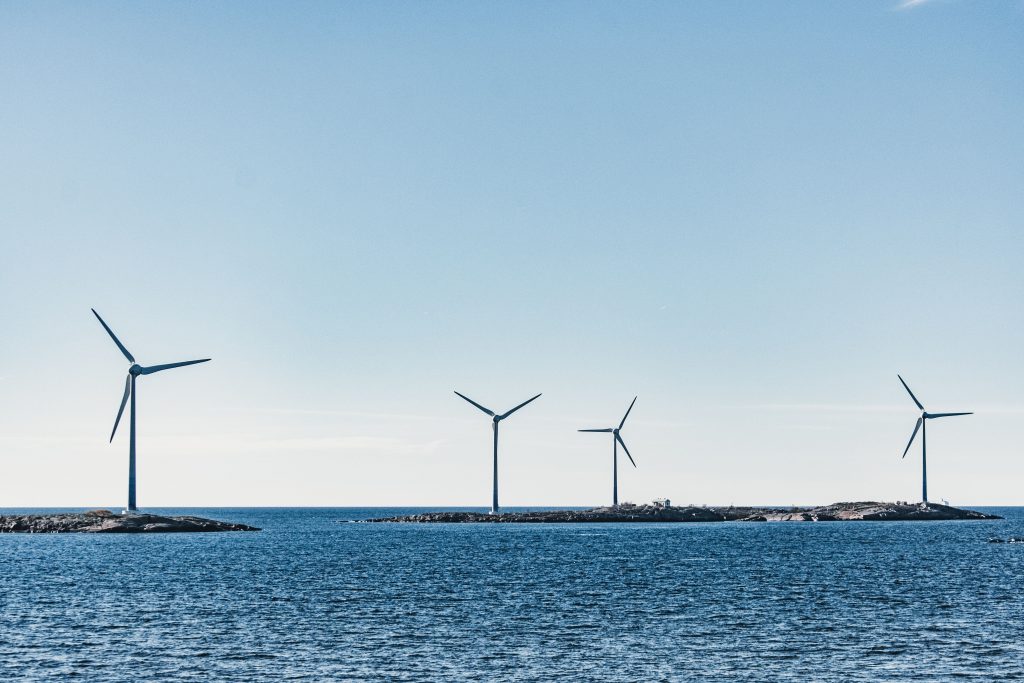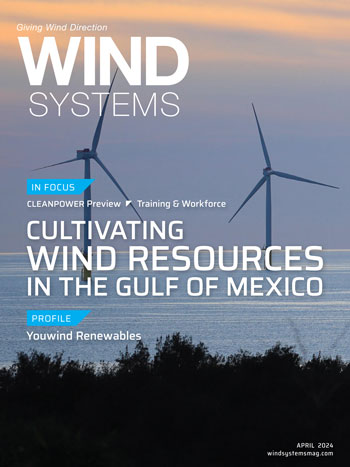For generations, oil and gas production in the Gulf of Mexico has been a leading driver of employment across South Louisiana, creating and sustaining a strong and successful middle-class economy. As the lifeblood of many Louisiana communities, the energy industry’s longstanding presence has permeated not only the region’s culture, but also educational institutions by inspiring events such as the Shrimp and Petroleum Festival while simultaneously building offerings such as LSU’s Petroleum Engineering program into one of the tops in the country.

Through this longstanding legacy, energy jobs are disproportionately high in southeast Louisiana, with Lightcast estimating as 91 percent higher than comparable regions. The wages within this sector also bear tremendous impact, with annual energy earnings averaging $165,572 in southeast Louisiana, 286 percent higher than the $57,852 median household income in Louisiana.
Yet, there is a clear flip side to this high concentration and reliance on the energy sector: global downturns in oil and gas demand, as well as industry efficiencies that demand less workers to perform critical functions, have disproportionately affected the region. Estimates indicate Louisiana has lost 22,000 energy jobs between 2001-2020, representing the largest energy job loss in the country during that period. However, while the jobs have waned, the skills, expertise, and educational systems remain, creating an ideal avenue for workforce expansion into the Gulf’s burgeoning wind sector and beyond.
Currently, Oceantic Network reports that more than 20 percent of offshore wind contracts — nominally along the East Coast — are being carried out by firms from the Gulf coast. The contractors and labor undertaking these projects are directly leveraging experience engineering, constructing, and maintaining offshore energy assets in the Gulf, demonstrating the extraordinary transferability of skills from oil and gas to offshore wind.
Staying close to home
While the majority of offshore wind contracts are now in states such as New York, New Jersey, North Carolina, and other East Coast areas, following the first Gulf of Mexico wind lease auction in August 2023, Louisiana contractors will now have an opportunity to expand their wind portfolios in proximity to their home bases — while leveraging local workforce channels that train a capable workforce and upskill experienced energy professionals. Per the National Renewable Energy Laboratory (NREL), the Gulf carries most of the nation’s total technical potential capacity. Fortunately, Louisiana is now on track to release it: following the federal lease secured by RWE — with the potential to produce 2 GW of wind energy —Louisiana began permitting wind projects in nearshore state waters as well.

Local economic and workforce developers, alongside partner educational institutions, are all embracing the opportunity to diversify Louisiana’s energy landscape through offshore wind production. Shortly after winning the Gulf of Mexico lease in 2023, RWE partnered with GNO, Inc. — the economic development alliance for the 10 parishes in Southeast Louisiana — to develop the Louisiana Offshore Wind Supply Chain as a resource to accelerate the engagement of Louisiana’s offshore wind suppliers. This database revealed more than 123 Louisiana businesses that are operationally ready to support the national offshore wind supply chain and represents a capable pool of providers for future developers to partner with; 95 percent of these firms are small businesses, and 42 percent have investment plans to prepare for the offshore wind industry.
Expanding educational opportunities
Together, community colleges and universities are seizing the opportunity to expand their existing craft skills, STEM, and business programs to meet the demands of the Gulf’s wind industry. In Chalmette, Louisiana, — 15 minutes from downtown New Orleans — Nunez Community College is on-track to be the first community college in the nation to offer several degree tracks that incorporate Global Wind Organization (GWO) curriculum and certifications. The college has partnered with Norway’s Energy Innovations to deploy its industry standard GWO curriculum and is in the process of hiring instructors and purchasing equipment to offer expanded GWO training and outfit classrooms space with required equipment.
At the University of New Orleans (UNO), certificate programs in wind engineering are already under development, and the school’s inaugural Wind Scholars program was launched in September 2023. As a result of roundtable conversations with industry, UNO was able to not only provide $5,000 scholarships to this first cohort of five engineering students but also connect these scholars to internships with leading wind and energy companies in the Greater New Orleans region. In addition to the Wind Scholars, the UNO College of Business has also launched a Supply Chain and Logistics concentration and is building an on-campus test bed to facilitate research and development of wind jackets and other turbine components.
Louisiana continues to build bridges between workforce, community college, and university partners to leverage
the region’s competitive educational and labor advantages to fully meet the local wind workforce demand. According to the National Renewable Energy Laboratory (NREL), wind development in the U.S. will employ more than 44,000 workers in offshore wind energy by 2030 and nearly 33,000 more in communities supported by offshore wind energy activity.
Attracting and retaining expertise
The existential issue now facing workforce stakeholders in Louisiana is two-pronged: attracting new diverse talent into the energy industry and retaining/leveraging the expertise of the current energy workforce.

To capitalize on the opportunity of offshore wind and mitigate these issues, a coalition of higher education, community college, economic development, and industry partners recently submitted an application to the U.S. Economic Development Administration’s (EDA) Tech Hubs opportunity, seeking $70 million in funding to advance the wind industry in Louisiana. If successful, this award would complement additional federal investments from both the EDA and the National Science Foundation, with the potential to bring more than $200 million to position Louisiana’s workforce, economy, and research and development as the central catalysts for the renewable energy evolution.
The development of offshore wind in the Gulf of Mexico may not only be key to achieving the federal goal of deploying 30 GW of offshore wind by 2030 but also to demonstrating the efficacy of an “all-of-the-above” energy strategy. As the United States embarks on an ambitious and aggressive path of energy independence and environmental sustainability, Louisiana stakeholders stand ready to answer the call and create new opportunities for our communities.



































